
How averages hide pockets of strength in Australia’s office property market
Investors are advised to keep a closer eye on these dynamics.
In a recent report, Dexus Research revealed that Australian office markets are presenting a new challenge for investors. A pronounced divergence in investment metrics between office markets, and even between buildings in the same market is of huge importance to investors.
“We’ve seen unprecedented divergence in effective rents between buildings and locations over the past two years (see charts). In Sydney CBD, CBRE estimate effective rents in the core increased by up to 13% over the past year while contracting in the Western Corridor. The reason for the contraction was an increase in the average incentive in the Western Corridor to 47% compared to just 29% for the Core,” the report said.
Here’s more from Dexus Research:
Similarly in Melbourne, premium incentives in the Eastern Core have remained relatively stable over the past year, whereas the Western Core and Docklands have seen a sharp increase. The distribution of vacancy is a big part of this divergence. The average vacancy in Docklands is 24.7% compared to just 17.1% in the eastern core. Docklands has experienced consolidation among the banks and a drift to the CBD.
Vacancy rates are below 10% in the premium buildings in the core of Sydney and Melbourne CBDs. The vacancy story even varies across individual buildings with JLL Research estimating that across all CBD markets that 44% of buildings have no vacancy. Some 66% of the vacant space is contained in just 10% of the buildings.
Management of these assets is contributing to this divergence along with location and attributes of each building.
Australia’s tight labour market means corporate tenants are in a war for talent. Core CBD locations are being favoured for their vibrancy and access to transport. Quality buildings help attract and retain talented employees. In addition, with hybrid working now common, employers are focussing more on the experience for workers who attend the office.
The definition of quality for office buildings has broadened to include more work-life balance elements. Workers value being close to public transport, restaurants, gyms and other services. In addition, some buildings align better with occupiers’ ESG objectives including energy efficiency.
Going forward as corporations become more settled in their hybrid working arrangements, we anticipate that there will be less consolidation of space requirements which should contribute to increasing occupancy levels across the board.
The take-out for investors is when looking at office markets, keep in mind that numbers that look weak on average can mask pockets of strength.





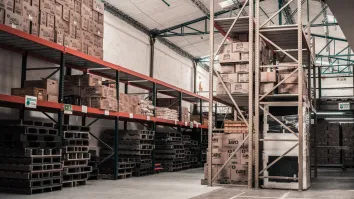

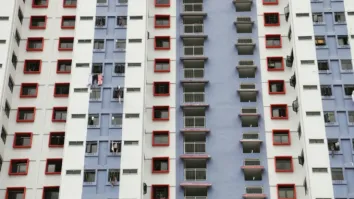

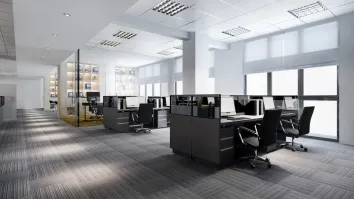



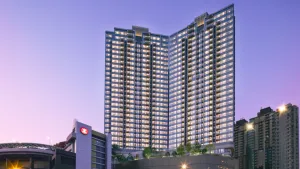
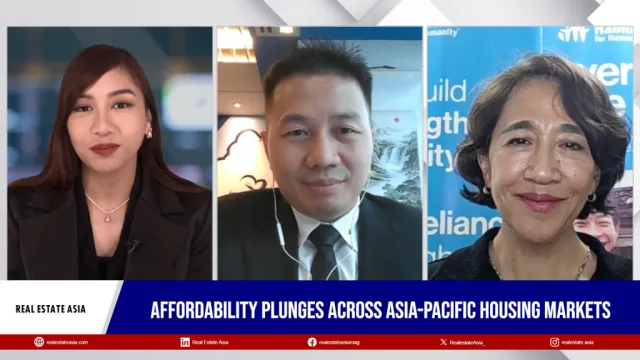

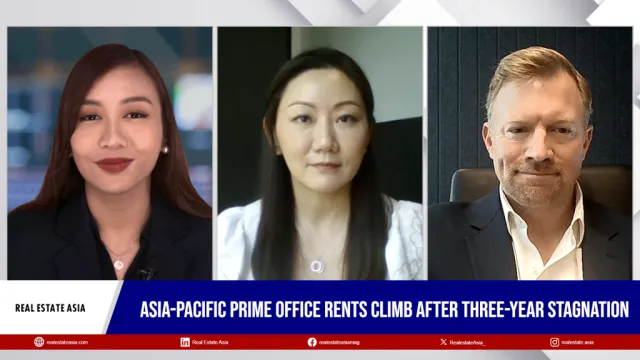
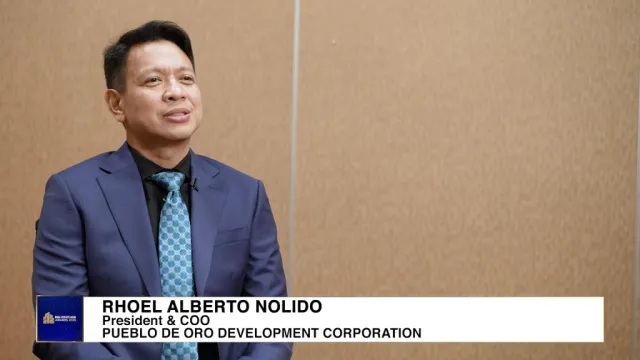
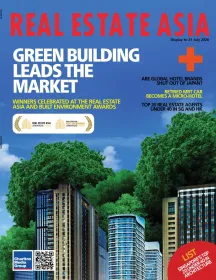
 Advertise
Advertise




